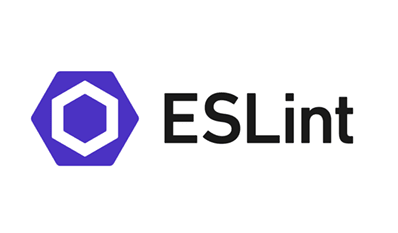Coding Standards
21 Sep 2023Introduction
Coding standards have a profound impact in software engineering. They are important for having maintainable, and reliable code. By having coding standards, you provide consistency, reduce any confusion and enhance readability. Also, having good coding standards lead to fewer bugs and more efficient collaboration among developers. Readability is an important aspect when it comes to debugging code and having code that is extremely neat and formatted helps with this. Having good coding standards also helps with following a format when working with a team. When you have good coding standards working on a group project, team members are easily able to read the code.
Personal Experience with ESLint and IntelliJ
In my week of using ESLint with IntelliJ, I’ve discovered the green checkmark is both painful and useful. While the green checkmark can be challenging, it results in higher code quality, preventing any subtle errors and making codebases more consistent and maintainable. ESLint goes beyond enforcement; it provides explanations for rule violations, transforming each error into a learning opportunity. This feature, especially useful for newcomers to a language or coding standards. On the other hand, I have found ESLint to be extremely painful, as I can have my code properly run but have many warning signs. There can be a steep learning curve with the warning symbols as some of them can be challenging to debug. Understanding how to fix the warning signs can take some time especially if the rules are not well documented.

The Role of Coding Standards
Coding standards play an important role in the scalability of software projects. As projects grow in size and complexity, consistent coding practices become increasingly important. They ensure that the code remains manageable and that new team members can quickly become productive. In environments where multiple developers are contributing to the same codebase, uniformity in coding makes it easier to integrate new features, and it reduces the risk of conflicts or integration issues.
Additionally, in the context of open-source projects or public repositories, adhering to well-established coding standards makes the software more accessible to the wider developer community. It encourages contributions and feedback, as external developers find it easier to understand and engage with the code. This not only enhances the project’s growth but also cultivates a culture of inclusivity and collaboration in the software development community.
Conclusion
In essence, while the immediate benefits of coding standards, like improved readability and fewer bugs, are evident, their impact on the overall health and growth of software projects is profound. Tools like ESLint, despite their initial learning curve, are instrumental in achieving these long-term benefits, making them profound in modern software development practices. Adopting to coding standards is not just about writing better code; it’s about building the foundation for sustainable, collaborative, and high-quality software development.